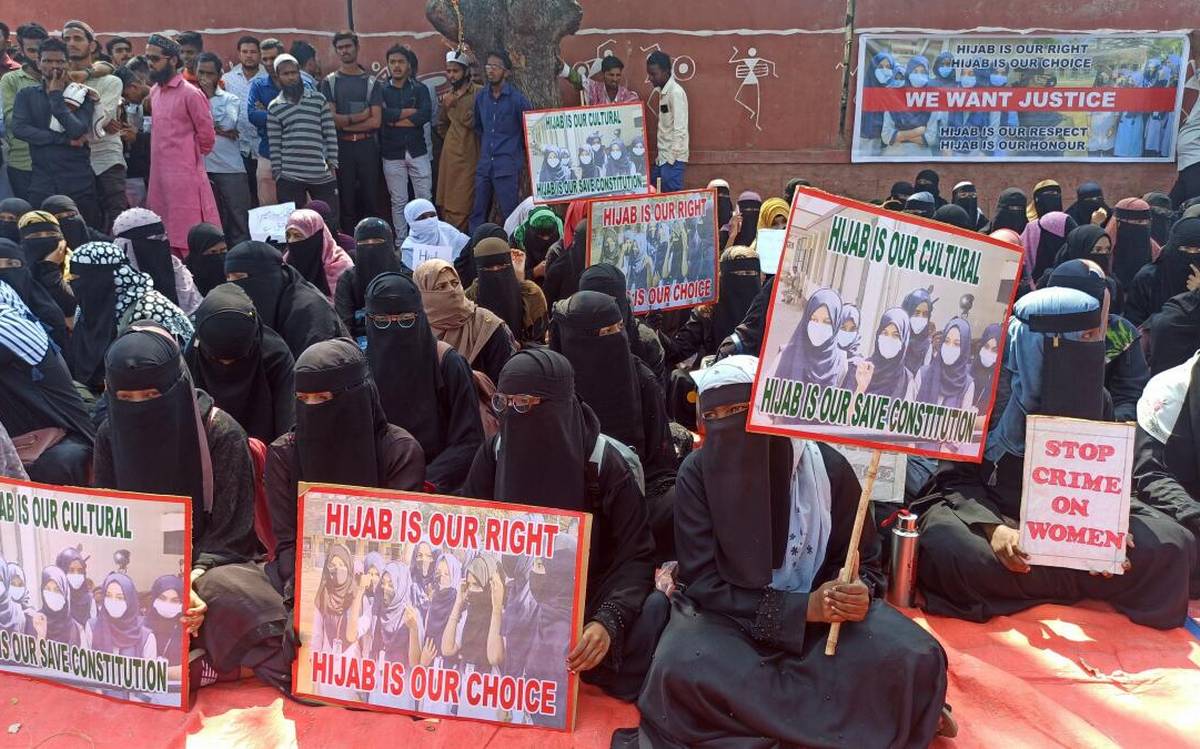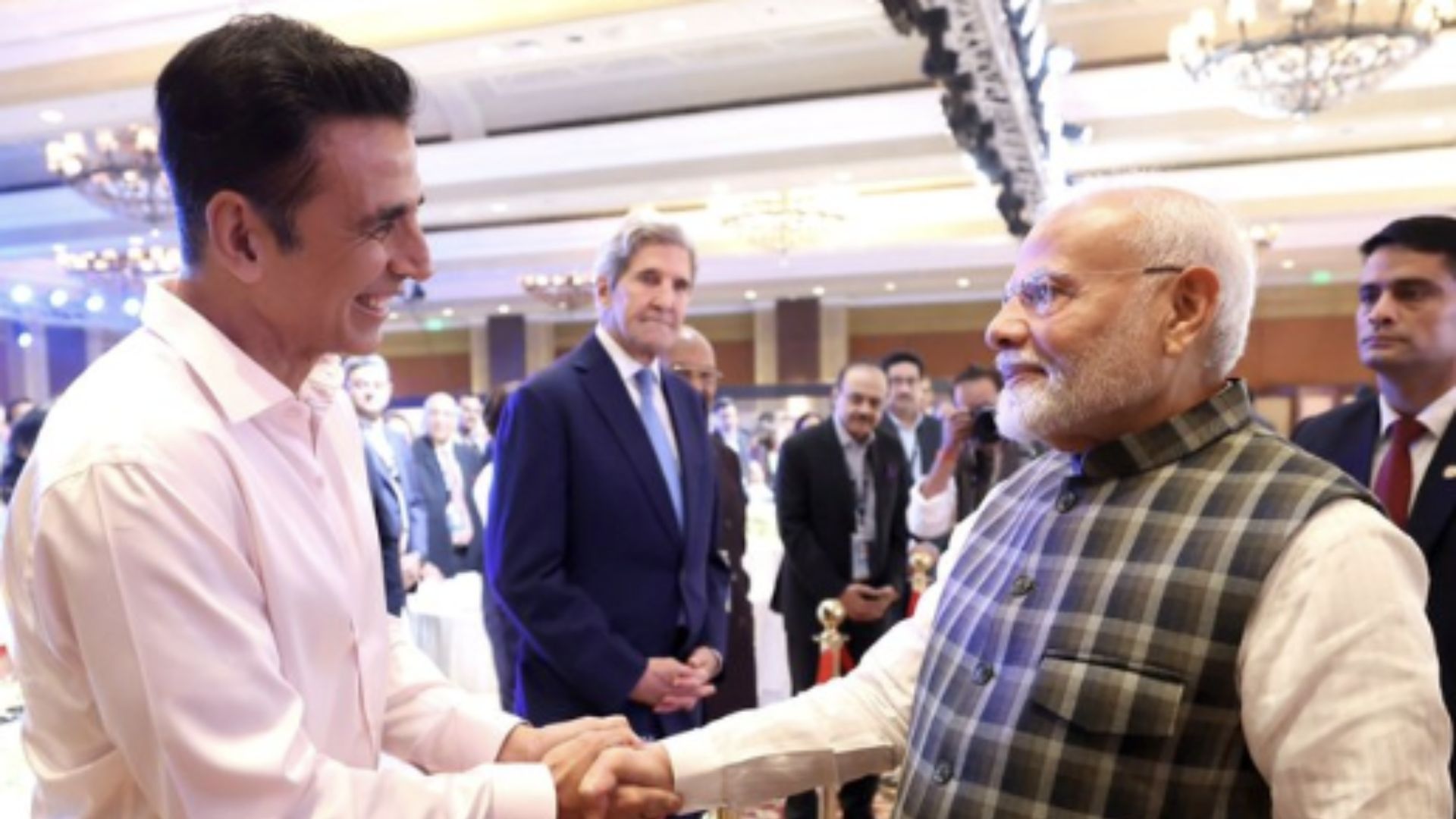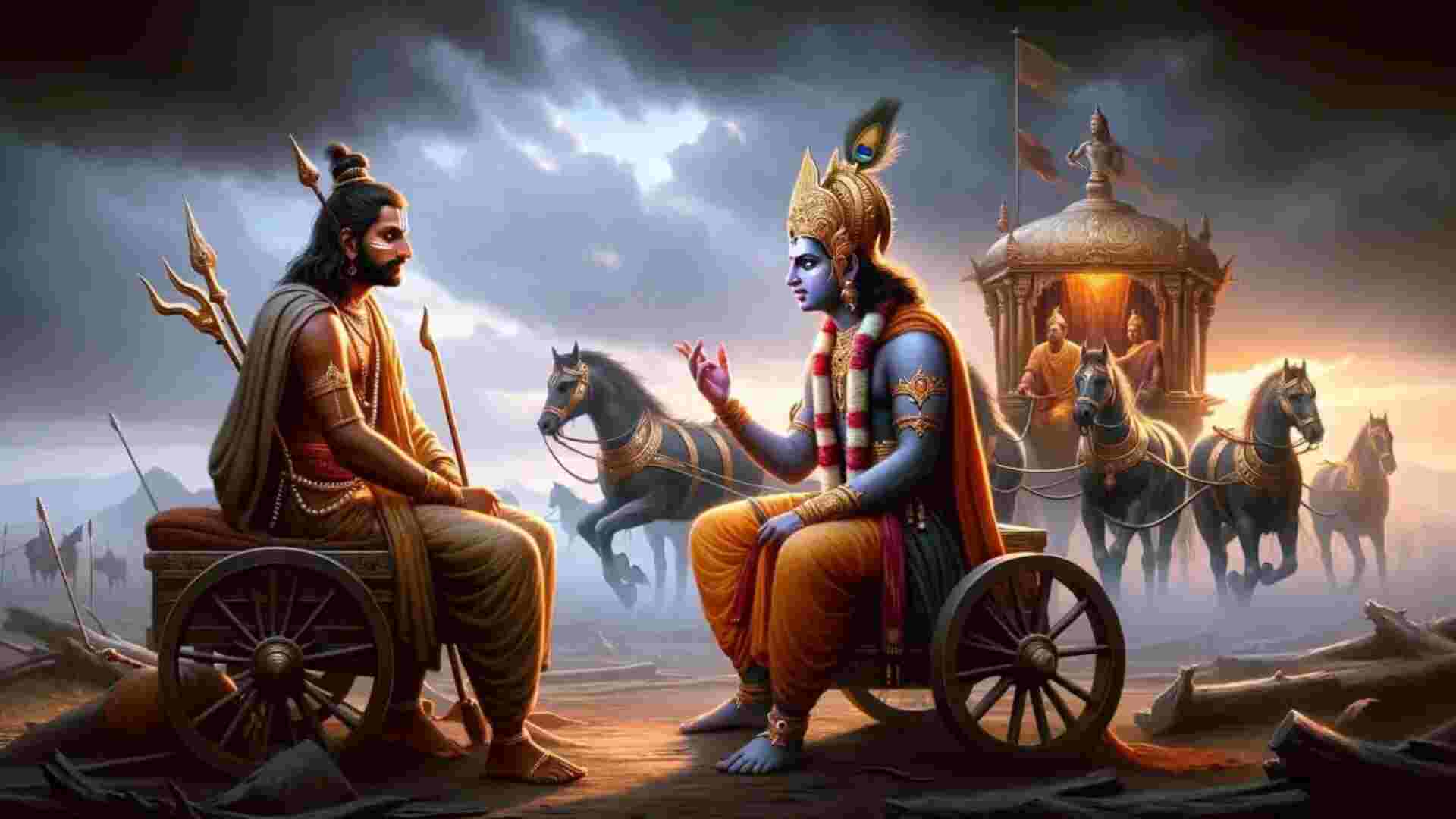
The moon shall never be the same again. It was in the year 1942, in the remote reaches of tribal Pakistan that the tall Pathans were offering themselves up for arrest under the able guidance of Khan Abdul Gafar Khan, fondly referred to as the “Frontier Gandhi”, after the more illustrious Mahatma. It is a separate matter that he would be abandoned without much ado in the not too distant a future, “been thrown to the wolves” as he would cry out loudly. Colonel Field who oversaw the situation also wrote a report, famously referred to as the Field report.
He would go on to describe the Pathans as gentle giants. The average Pathans being six-and-a-half feet tall with an average weight of about 105 kgs, ramrod straight without even the hint of fat, were so immense that any one individual could have uprooted the cell gate without blinking an eyelid. The Colonel was obviously impressed with their behaviour. As servants of God, ‘Khudai Khidmatgars’ as they were accustomed to describe themselves, they allowed themselves to be so handcuffed that it cut into their skins for want of handcuffs large enough to hold their hugely broad wrists. While writing his report, Ld. Colonel commented, “The communists as a creed are never pro anything, but, always anti-something, excepting for a shadowy entity called ‘the people’ and they themselves.” The colonel was obviously referring to the role of the communists during the movement.
As the hijab movement gathers steam, the leftists are once again at it, playing out the game in morbid delight, going gung ho over issues of private rights of identity and expression, and sending tomtom signals, in the name of Constitutionalism. The evolution of the communists from firebrand revolutionaries to defenders of obscure practices is an eminently interesting drama played out with elan. For a formation that had entered the hustings with the avowed aim to destroy the Constitution from within and without, this newfound love for Constitutionalism is bound to raise a few eyebrows. Eyebrows or not, the Constitution has suddenly been relegated to the status of ‘The Book’, an upholder of status quo and not a promoter of change. Back to the caves, they seem to shout from the pulpit.
India is a Constitutional Republic. The enactment and adoption of the Constitution by ‘the people’ was a sovereign exercise. ‘The people’, by such enactment and adoption accepted and assured themselves that the individual’s dignity and other cherished human values would be preserved. While ‘the people’ in the sovereign discharge of their will delegated to the legislature their essential law-making powers and also the executive and judiciary their respective functions; it reserved for themselves certain rights. These rights or the so-called fundamental rights are the ultimate expressions of the sovereign will of the people in that those cannot be transgressed.
The sovereignty lies with ‘the people’ of this country. The constitution which was given to themselves by ‘the people’ curtailed the sovereignty of ‘the people’ to a large extent. It was now the declared intention of ‘the people’ that their social and individual actions will be guided by the Constitution and its cherished values. They will be ruled by law and not men. Fundamental rights are fundamental because they are foundational.
Right to Privacy, freedom of expression, freedom of association and other allied rights are fundamental rights guaranteed by the Constitution of India. Like all rights, these rights are not absolute but circumscribed by Constitutional limitations. These are libertine and /or bourgeois values that got reflected in the Constitution of India and are not guaranteed by any communist stat, be it China or North Korea. The left in its zeal keeps forgetting such basic facts and thus tend to go overboard on every key Islamic demand.
Whether ‘hijab’ is a part of the essential religious practice or not and thus can be worn over and above the uniform is at present pending adjudication by the larger bench of the Hon’ble Karnataka High Court. In ‘Fatima Tashneem vs The State of Kerala’, a single Bench of the Hon’ble High Court was pleased to observe as follows:
“Fundametal rights are either in the nature of absolute right or relative right. Absolute rights are non-negotiable. Relative rights are always subject to the restrictions imposed by the Constitution. The religious rights are relative rights (see Art 25 of the Constitution).”
The essential religious practice rule, by its very nature is a sectarian forensic rule and should best be avoided in deciding the disciplinary quotient of an institution, imparting secular education. Issues like this should best be judged on the touchstone of republican values. Several European countires have banned hijab, latest being the French Government. Such action of the French Government has also been upheld by the E.E.C. Court. In the latest fiasco, pertaining to a particular college in Karnataka, which has subsequently spread to other colleges and other states, the only question that has been raised is pertaining to hijabs being worn over and above the prescribed uniform. The banning of hijab is a slant that is sought to be given to this act because it helps the left to put up the pretense of starting a revolution where there are none.
The left were the first to declare that wearing hijab is a part of the fundamental right guaranteed by the Constitution of India. Since then then, there have been numerous protest marches, “my hijab my choice” being emblazoned and held up on placards, a number of Hindu women have also found the spirit of Muskan enveloping them. Such Shibboleth would have to encounter imponderables on the way. If today the Court finds that the hijab is indeed a non-negotiable and essential religious practice then the same is not a choice anymore, but a compelling headgear.
Then there are issues about the way the movement suddenly gathered momentum. It doesn’t look like a spontaneous protest against discriminating religious practices.
Street movements, these days resemble an uprising and don’t exactly look like democratic outpourings. The movements, these days seem to challenge the authority and the sovereignity of the state. Read together with Rahul Gandhi’s speech in the Parliament that India is not a Nation but, a Union of States or that the perpetuation of the BJP rule is facilitated by the Judiciarly, Enforcement Directorate, and the CBI, we get to have an ilk about the political thinking that grips the grand old party and shudder at its dangerous portents. The underlying theisis seems to be to deny the State of India altogether. This kind of reasoning has its pitfalls. A State which is looked upon to protect its borders, build roads, run a Food Security scheme and a scheme guaranteeing a minimum number of days of employment cannot simply be wished away nor can it be emptied of its logic, if its duties are insisted upon. If during the Covid-19 days you were looking for a moral quotient in governence, you cannot at the same time deny it to the state while it is exercising its rights.
That the movements aim to achieve something more than it meets the eye will be clear from the utterances of a noted Islamic Jurist. He has written profusely about the need for Sharia Courts in the Country. He insisted upon the jurisprudence of ‘right to assert’ in place and stead of ‘essential religious practice’ in the matter of hijab. Frankly speaking, while the right to assert can form the springboard of a politico-religious movement it cannot be the right under which relief could possibly be claimed from a court of law. The famous seminar by Harsh Mander at NUJS— ‘right to have rights’, was in fact a tacit admission that illegal immigrants do not have Constitutional safeguards. The right to assert is an Islamic ‘chose-in-action’ that insists upon holding Namaz at Public places and public roads by way of a right, a ready jurisprudence to encroach public places and then claim it as their own. Right to assert is actually a call to arms and that seems to be the essential ingredient of all these movements.
Neil Armstrong and Buzz Adrin landed on the surface of the moon on July 20, 1969. A remarkable feat for mankind. Since then numerous countries have launched their Moon mission, including India. In the immediate aftermath of the Apollo 11 landing on the moon, one of the leading American Journalists famously remarked that “the moon shall never be the same again.” and it never did.
Gods don’t reside in the moon. They never did. The moon never stood the same way again.
The writer is an Advocate. Views expressed are the writer’s personal.













